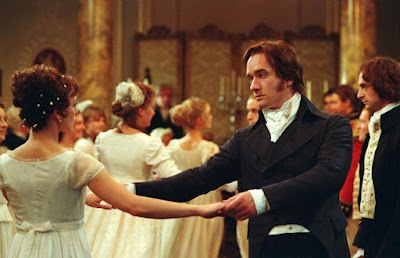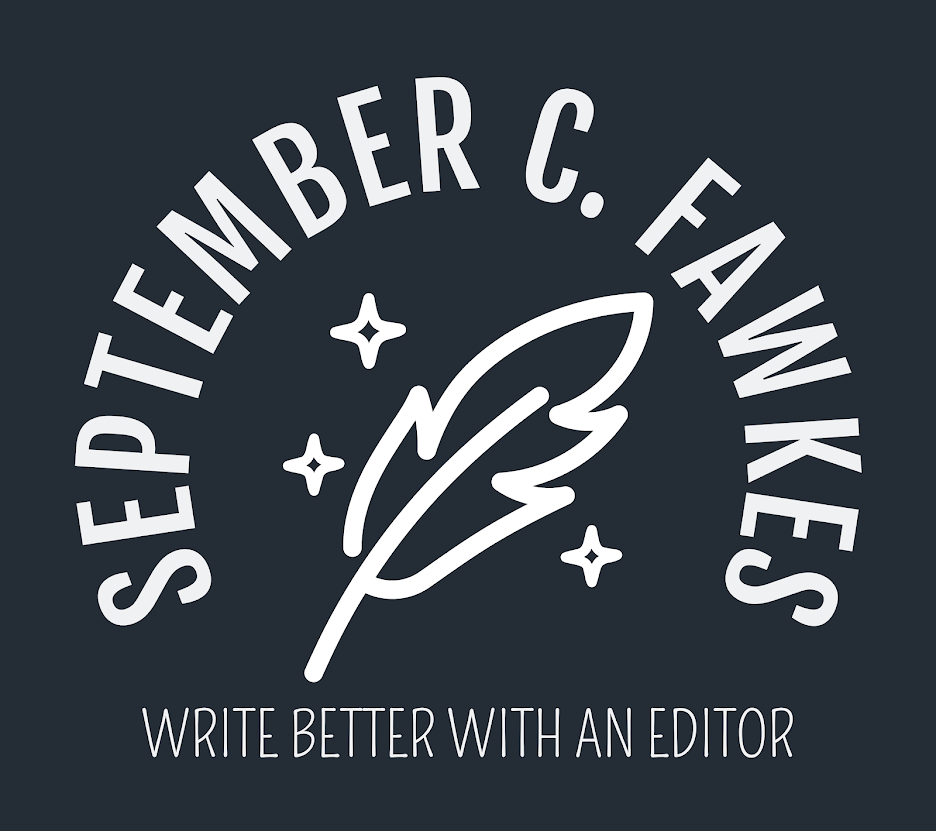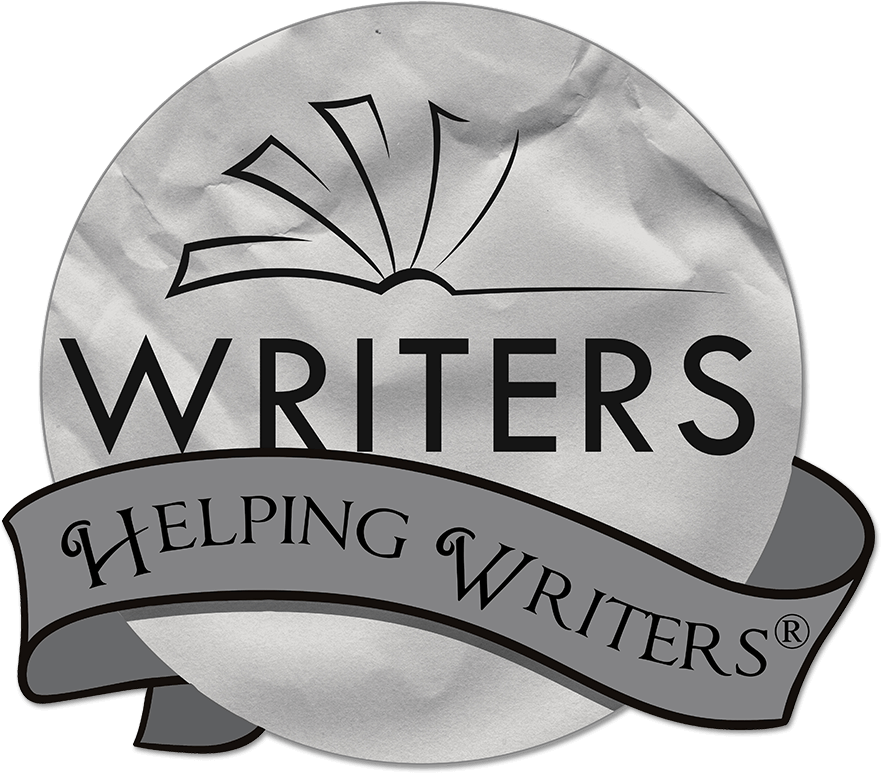A relationship plotline will be present in most stories. It will have a relationship arc and follow the principles of plot (according to relationships), but like any plotline, it also needs a sense of structure. It needs to be organized in a coherent way for the audience, so they can follow and appreciate the progression or deterioration of the relationship.
I can help you structure the relationship plots you're writing--whether the relationship features love interests, friends, family, allies, rivals, or even enemies (and everything in between).
Now . . . I admit, I've been debating a lot about how to write this article, if I should put forth a general foundational approach to the structure, or if I should get more specific and offer a beat sheet. The more I thought about it, the more I realized the latter would be pretty complicated, since each relationship plotline can be affected by the external and internal plotlines and could have a different relationship arc. It also seems I'd need a beat sheet for each relationship arc type, and even within those, there can be variations.
That might be a project for later down the road.
Plus, when you understand the foundational principles first, the beat sheets make more sense and you know how to stray from them for the effect you want.
When you understand the foundational principles, you're more likely to be a chef, not a cook.
So, with that said, I've opted for the former today . . . but next time, I will have an article on key beats (and how they are most frequently structured) that you can manipulate to suit your relationship plotline.
Here are a couple of things for you to keep in mind . . .
- How much you develop your relationship plotline may depend on how prominent the plotline is in the story. A relationship that works as an A Story must be developed enough to carry the narrative and all the critical moments must happen on page. A relationship that works as the C Story will be more understated and may have more happening off page. There are a lot of ways to play with the relationship plotline (as I've discussed), so how much attention you give it and how it is interweaved with the other plotlines will depend on your story.
But regardless of how prominent the plotline is, if it's a plotline it still needs the basic elements of plot and it still needs to be delivered to the audience through structure.
- Where the relationship plotline starts may depend on how prominent the plotline is. This brings me to the next section.
Does the Relationship Plotline Start in Act I or Act II?
Some approaches to structure (such as Save the Cat! by Blake Snyder) state that the relationship plotline starts at the beginning of Act II. In fact, in many stories, the beginning of Act II is marked by the protagonist meeting the central relationship character.
The protagonist falls from the high of Act I, enters a "new world" (literal or figurative), and meets someone there. Examples include:
Pixar's Soul
Elf
A Quiet Place, Part II
But this is clearly not how all stories go. If you have a relationship plotline for the A Story, it may be unrealistic and unwise to wait until Act II to have the characters meet. It's the primary plotline! So you probably need to have them meet in Act I. Some examples of this include:
Pride and Prejudice
My Big Fat Greek Wedding
The Fault in Our Stars
And even if the relationship plotline isn't the A Story, it's not unusual for the protagonist to meet and begin interacting with the central relationship character in Act I.
Then, of course, in some stories, the protagonist already has a relationship with the other character when the narrative opens.
So what's going on here? Where should you start your relationship plotline?
Well, if it's the A Story, you probably need to start it in Act I. But sometimes you can dance around this by having two key relationships. You could also, theoretically, start with a strong internal or external plotline in Act I, and then pull up the relationship plotline for Act II and make it the most prominent. But that can be pretty tricky.
There are so many different ways this can all manifest, that it can make any head spin if you try to be too rigid.
Just know that the relationship plotline can start in Act I or Act II--pick what is best for your story. If it starts in Act II, you are writing a "two-act relationship plot." And if it starts in Act I, you are probably writing a "three-act relationship plot." And, theoretically, you could have a relationship plotline that only lasts one act (likely through the middle).
. . . see why I decided to keep it general and foundational?
Relationship Turning Points within Acts
Recall previously that I gave an explanation on turning points for relationship plotlines. . . .
. . . As a very simplistic reminder, a turning point is an action or revelation that changes the direction of the plot. In a relationship plotline, a turning point changes the direction of the relationship, often in ways that can't be undone.
If you've been in the writing community for a while, you are probably familiar with some key structural beats, such as . . .
Plot Point 1, Crossing the Threshold, Break into Two (all different terms for--nearly--the same moment)
Midpoint
Plot Point 2, The Ordeal, All is Lost (all different terms for--nearly--the same moment)
Climax
Guess what?
Stripped away of all their fanciness, these are actually all just turning points. They are major turning points, true, but at the most basic level, they are turning points.
They are actually all act-level turning points.
Each act should follow basic story structure:
This means each act should have its own climax (aka, major turning point).
Now, many people split Act II into two parts, at the midpoint. While I think you can argue this actually makes the story four acts, to keep things from being too confusing, I try to stick to popular terminology. So I call these Act II, Part I & Act II, Part II.
With this in mind, you can view your story like this:
The climax of Act I is . . . Plot Point 1, Crossing the Threshold, Break into Two
The climax of Act II, Part I is . . . the Midpoint
The climax of Act II, Part II is . . . Plot Point 2, The Ordeal, All is Lost
The climax of Act III is . . . the Climax
These are the major turning points of your story.
On the basic level, the relationship plotline is no different.
You will have a climactic turn in the relationship for each act (and two for Act II). . . .
Recall that in a relationship turning point, the characters will either draw closer to each other or be pulled apart.
This often includes a moment of vulnerability that is either accepted or rejected (or in some cases, neglected) by the other character. . . .
(Register for The Triarchy Method for full information)
Mapping the Push and Pull of Act-level Turning Points
After a significant turning point, the relationship can't go back to what it was previously.
This means, at the basic level, you have just four options for turning points:
Apart --> Close
Close --> Apart
Apart --> Further Apart
Close --> Closer
Some in the writing world say that each major turning point needs to flip to the opposite value (apart --> close OR close --> apart) and that you need to alter them for each turn.
So, if the midpoint moved the characters from apart --> close, then Plot Point 2 needs to move them from close --> apart.
This creates a zig-zag through the whole narrative arc.
You may be familiar with this concept if you've heard the idea that, if the midpoint is a victory, then Plot Point 2 needs to be a failure (Blake Snyder talks about this in Save the Cat!). Following that, the climax is then a victory. Zig-zag. + --> - --> +
This is a great rule of thumb, and you can see it play out in many relationship plots, particularly in romances. The characters are resistant to each other at Plot Point 1, are in love at the midpoint, break up at Plot Point 2, and get back together at the climax.
This back-and-forth zig-zag can be really effective.
But it's not the only option.
You can technically push close characters closer. And pull distant characters further apart.
It doesn't always need to be a zig-zag. It can be a zig-zigger or a zag-zagger 😉
For example . . .
(Register for The Triarchy Method for full information)
Journeying Between Turning Points: The Dance
In relationship plotlines, just as with other plotlines, the turning points may be viewed as "destinations" and the space between those turning points as "journeys."
The turning points shift the trajectory of the plotline. This is like flying somewhere and having to take multiple planes. Each airport is a turning point--you head in a different direction (at least a slightly different direction) with each flight, until you get to the final destination (the final turning point). Once you board a plane, you can't go back to the airport--it's in the sky. There are no returns.
Between each act-level turning point is a flight, a journey.
And each journey has progress and setbacks.
Meaning, each journey has moments that push and pull the relationship.
This is what I think of as "the dance" (term courtesy of Romancing the Beat by Gwen Hayes).
The characters are dancing to the next turning point, and it's generally a three-step dance:
Two steps forward and one step back
Or
One step forward and two steps back . . .
(Register for The Triarchy Method for full information)
Inciting Incidents: The Medium Turning Points
You've probably heard of the story's inciting incident.
Well, guess what?
It's a turning point.
It's the turning point that kicks off the plotline.
It's bigger than a scene-level turning point, but not as big as an act-level turning point.
Just as there is an inciting incident for the whole narrative arc, there are, arguably, inciting incidents for each act.
It's the medium-sized turn that kicks off the next journey. It's when the characters board the next plane. It's when the music starts and the characters get into position.
Returning to our ongoing Pride and Prejudice example:
At the midpoint, Darcy proposes to Elizabeth--this is a major turning point (specifically of Act II, Part I), and she turns him down:
Apart --> Further apart
Okay, so what gets Elizabeth to start thinking differently about Mr. Darcy?
It's his letter.
Mr. Darcy sends a vulnerable letter explaining himself to her. This leads Elizabeth to question her judgments of him.
The letter is the inciting incident of Act II, Part II--it kicks off the journey of Elizabeth's two steps forward and one step back dance . . . until she's completely fallen for him by Plot Point 2. . . .
. . . another way to look at the back-and-forth of the relationship is through the lens of trust vs. distrust. So, the character may think (on some level) . . . Maybe I can trust him. Or . . . Maybe I can't trust him. Or . . . Maybe I can trust him a bit more. Or . . . Maybe I should trust him a bit less. . . .
(Register for The Triarchy Method for related information)
Mapping Relationship Plotlines with Specific Labels
At the beginning of this series, I mentioned you could get more specific with relationship arcs by labeling them in more specific terms. For example:
Strangers --> allies --> best friends
Enemies --> friends --> enemies
Strangers --> colleagues --> best friends --> lovers
Lovers --> exes --> lovers
Family --> strangers --> enemies
It's likely that each of these is separated by a significant turning point, with a journey in between.
For example . . .
(Register for The Triarchy Method for related information)
Articles in this Series:
The 4 Basic Types of Relationship Arcs
Turning Relationship Arcs into Plots, Part 1
Turning Relationship Arcs into Plots, Part 2 (Sample)
Turning Relationship Arcs into Plots, Part 3 (Sample)
Structuring Your Relationship Plotline (Sample)
Read What Others Have Written on Relationships
How to Build Powerful Character Relationships by Angela Ackerman at Writers Helping Writers
5 Tips for Writing about an Established Relationship by R. E. Stearns at Writer’s Digest





























hi
ReplyDeletehi
ReplyDelete